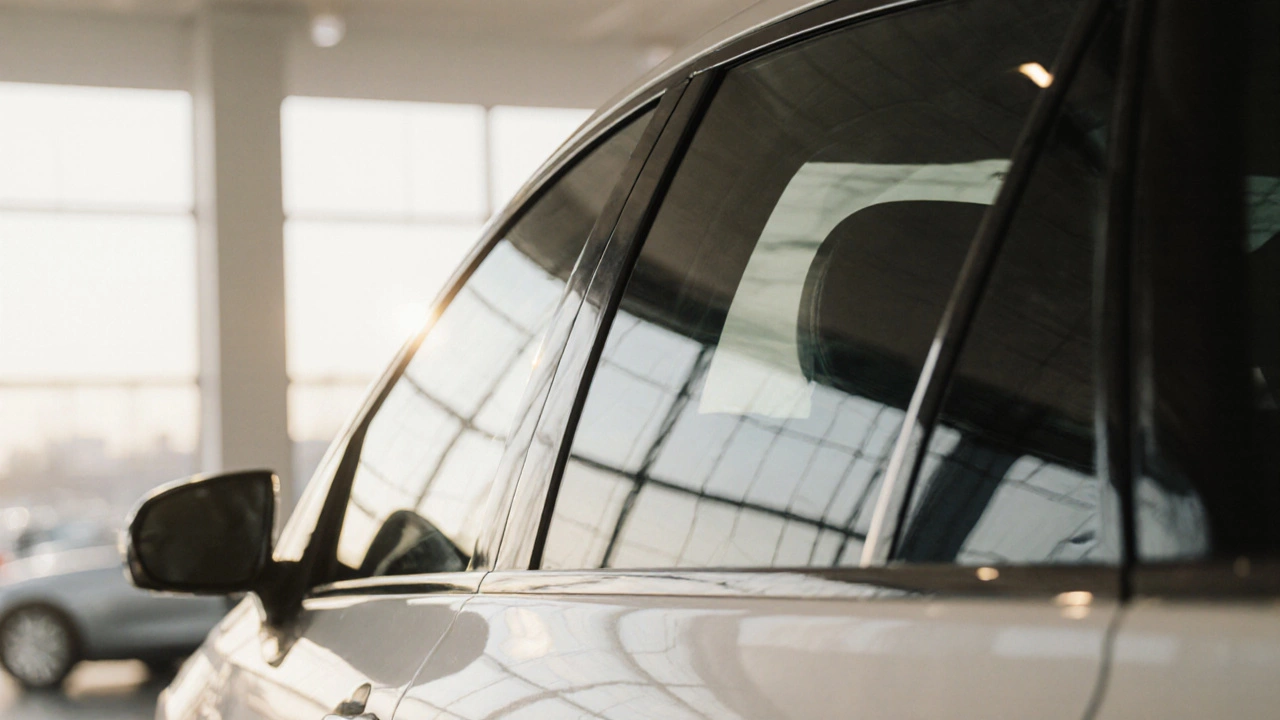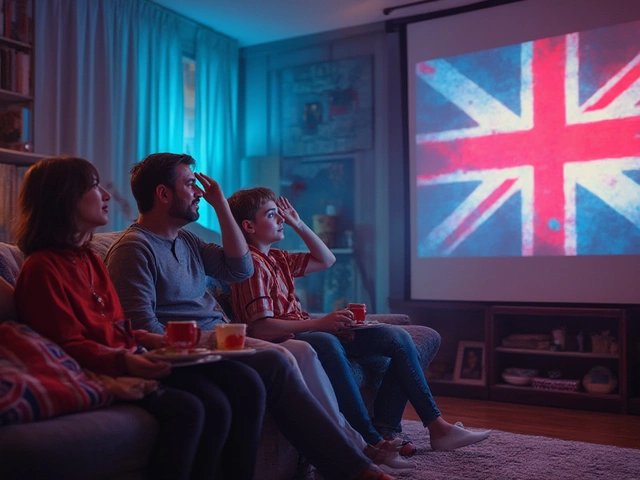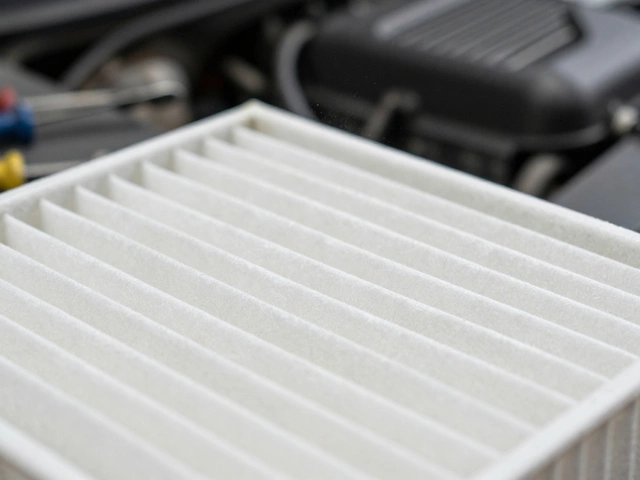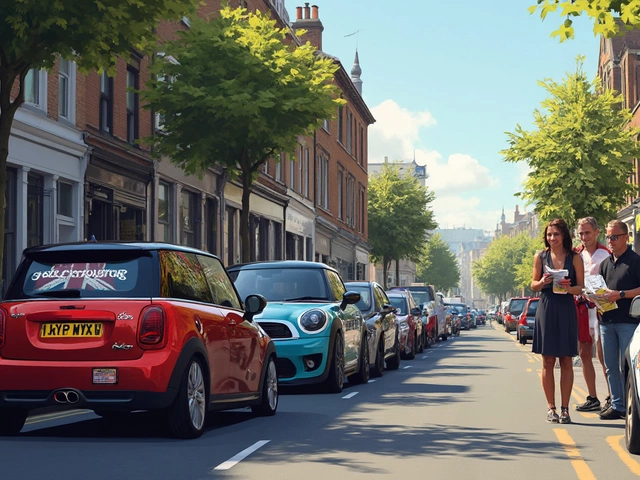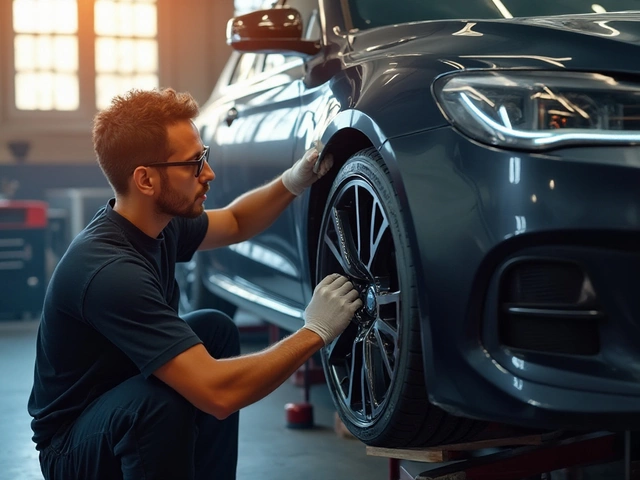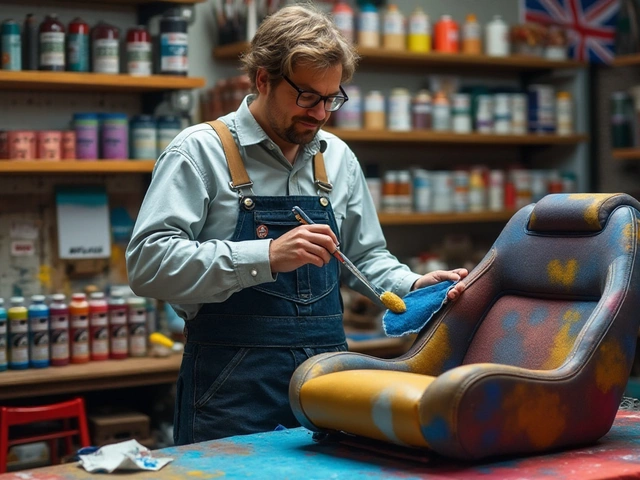VLT Calculator: Factory Tint + Aftermarket Film
Calculate your combined VLT to ensure compliance with Australian regulations (Queensland: minimum 35% VLT for front windows).
Ever walked up to a brand‑new car and wondered why the windows look a little darker than a plain glass pane? That subtle shade is not an after‑thought - it’s factory window tint built into the vehicle right from the assembly line.
What Exactly Is Factory Window Tint?
Factory window tint is the built‑in shade that manufacturers apply to a vehicle’s windows during production. Unlike an aftermarket film that you can peel on yourself, this tint is integrated into the glass during the manufacturing process, often as a thin metallized or ceramic layer.
The main goal is to meet safety and comfort standards while keeping the vehicle’s look consistent across the model range.
How Dark Is Factory Tint? The VLT Numbers
Darkness is measured by Visible Light Transmission (VLT) is the percentage of visible light that passes through a tinted glass. A higher VLT means more light gets in; a lower VLT means a darker look.
In most Australian passenger cars, factory tint typically lands in the 70‑85% VLT range. That translates to a shade you can notice, but it still lets plenty of daylight into the cabin.
- VLT 80% - almost clear, barely noticeable tint.
- VLT 70% - a gentle gray, common on higher‑end models.
- VLT 65% - darker, usually found on premium or sport trims.
Because the tint is part of the glass, manufacturers can fine‑tune the exact VLT to meet both aesthetics and legal limits.
Factory Tint vs. Aftermarket Tint
Aftermarket tint is a film applied by a dealer or installer after the vehicle leaves the factory. It offers more flexibility in darkness but brings its own set of trade‑offs.
| Aspect | Factory Tint | Aftermarket Tint |
|---|---|---|
| Typical VLT range | 70‑85% | 5‑70% (depends on film) |
| UV protection | Built‑in, up to 99% | Varies, often 99% with premium films |
| Heat rejection | Standard, about 30‑40% | 30‑70% with ceramic or metallic films |
| Warranty | Lifetime warranty from manufacturer | Usually 5‑10years from installer |
| Legal compliance | Designed to meet local regulations | Must be installed within legal VLT limits |
| Cost | Included in vehicle price | $150‑$800 AUD depending on film |
The biggest advantage of factory tint is that it’s already legal and warranty‑protected. Aftermarket film lets you go darker, but you risk breaking the law if you choose a VLT below the allowed threshold.
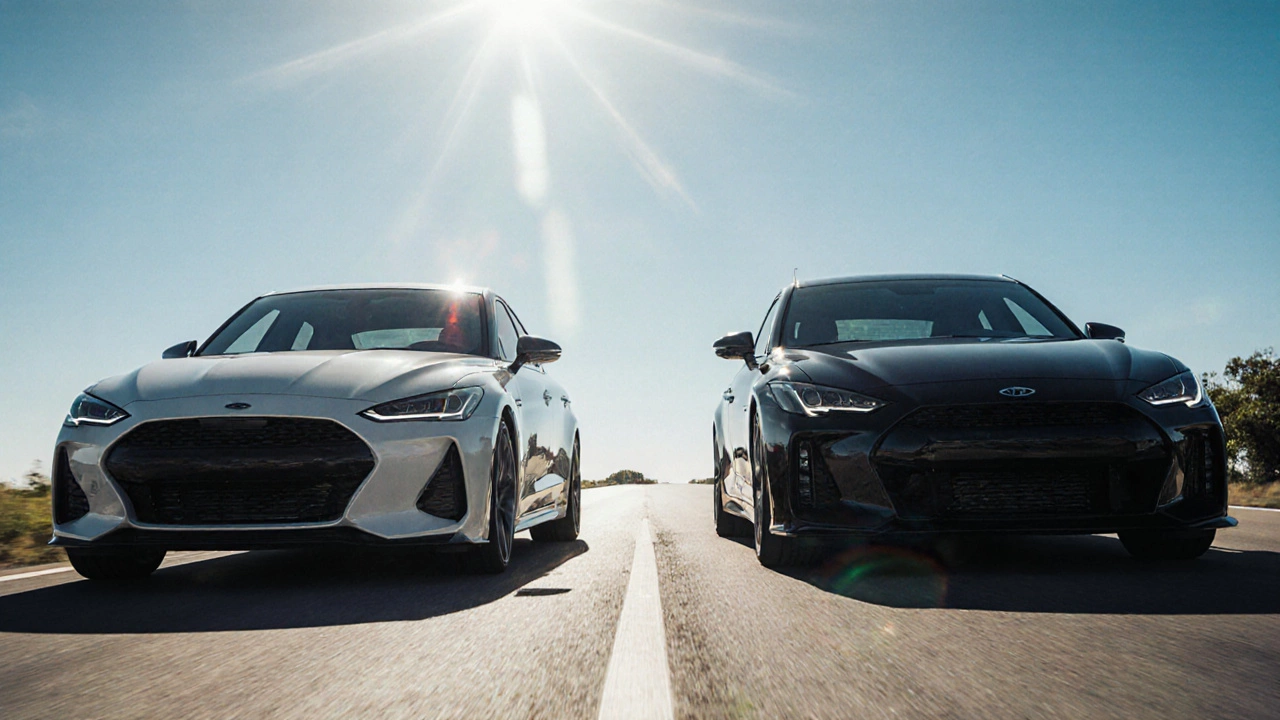
Australian Legal Limits for Window Tint
In Australia, each state follows the Australian Design Rules (ADR) is a set of national vehicle safety standards. For Queensland, where Brisbane sits, the Queensland Transport Department is the authority that enforces vehicle tint regulations sets the following VLT limits on passenger cars:
- Front side windows: minimum 35% VLT (i.e., no darker than 35%).
- Rear side windows: no specific VLT limit, but the driver must be able to see clearly.
- Rear windshield: no limit, though excessive darkness can be unsafe.
Because factory tint usually sits well above 35% VLT, it comfortably complies with the law. When you add aftermarket film, you must ensure the combined VLT stays above the minimum.
How to Check Your Tint’s Darkness
The easiest way to verify VLT is with a handheld tint meter. Place the probe on the glass, press the button, and the device displays the percentage. If you don’t have a meter, you can use a simple home test:
- Take a piece of white paper and hold it against the inside of the window.
- Look at the paper from outside the car. If you can clearly read letters, the tint is likely above 70% VLT.
- For a rough darker check, hold a colored marker and compare the shade against a known reference (e.g., a factory‑tinted window on a friend’s car).
Keep in mind that lighting conditions affect perception, so a professional meter is the most reliable method.
Why Does Factory Tint Matter? Benefits and Drawbacks
Even a modest shade brings real advantages:
- UV protection: Blocks up to 99% of harmful UV‑A and UV‑B rays, reducing skin damage and interior fading.
- Heat rejection: Cuts interior temperatures by up to 15°C on hot Brisbane days, easing AC load.
- Glare reduction: Less harsh sunlight hitting the eyes, improving driving comfort.
- Privacy: A subtle shield that keeps belongings out of sight without compromising safety.
On the flip side, some drivers feel the shade is too light for their taste, especially when compared to the sleek look of darker aftermarket films. Also, factory tint usually offers less dramatic heat rejection than high‑performance ceramic films.
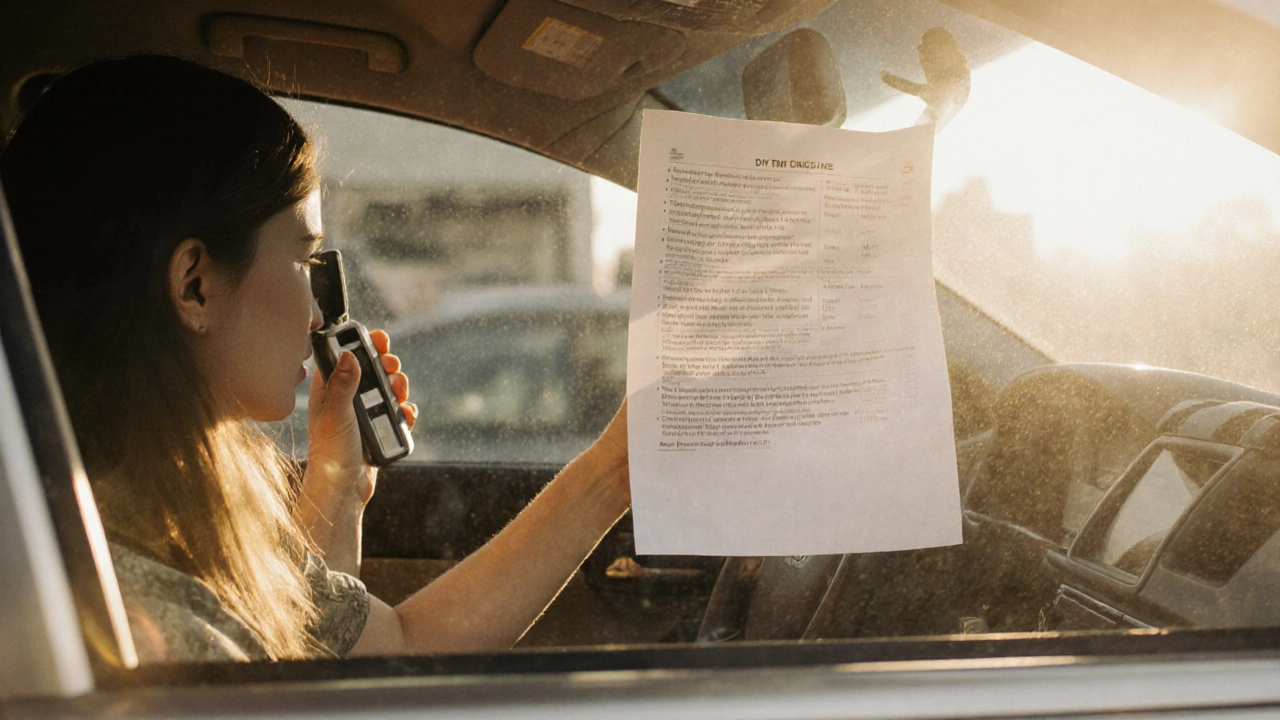
When to Consider Adding Aftermarket Tint
If you regularly drive in intense sun, want a sportier look, or need extra privacy, an aftermarket upgrade can be worth it-provided you stay within legal limits. Here’s a quick decision guide:
- Current VLT above 70%? You’re already comfortable; no need to add film.
- Desire a darker look for aesthetics? Choose a film that brings the combined VLT to around 30‑35% for front windows.
- Looking for maximum heat reduction? Opt for a ceramic film with 50‑60% heat rejection.
- Concerned about warranty or resale? Stick with factory tint or get a reversible film that can be removed.
Tips for a Legal and Smart Tint Upgrade
- Check the combined VLT (factory + film) with a meter before installation.
- Choose a reputable installer who knows Queensland’s tint laws.
- Keep the original factory tint documentation in case you need to prove compliance.
- Consider a removable film if you plan to sell the car soon.
- Never tint the windshield - it’s illegal and unsafe.
Frequently Asked Questions
What is the typical VLT for factory‑tinted windows in Australia?
Most new passenger cars come with factory tint in the 70‑85% VLT range, which complies with state regulations for front side windows.
Can I add aftermarket film on top of factory tint?
Yes, you can layer film, but you must ensure the total VLT stays above the legal minimum (35% in Queensland). Use a tint meter to verify.
Does factory tint provide UV protection?
Absolutely. Most factory tints block 99% of UV‑A and UV‑B rays, helping to protect skin and interior upholstery.
How can I test my car’s tint at home?
A quick DIY test is to hold a white paper against the inside of the glass and read it from outside. If the text is clear, the tint is likely above 70% VLT. For exact numbers, a handheld tint meter is recommended.
Will darker aftermarket tint affect my car’s warranty?
Most manufacturers won’t void the overall vehicle warranty for tinting, but they may refuse warranty claims related to the windows if the tint interferes with safety inspections. Keep all installation records.
Whether you’re curious about the shade on a fresh‑off‑the‑lot vehicle or planning a tint upgrade, understanding the VLT numbers, legal limits, and practical benefits helps you make an informed choice. Factory tint provides a solid baseline of UV protection and comfort, and with the right knowledge you can safely enhance it to suit your style and climate.

